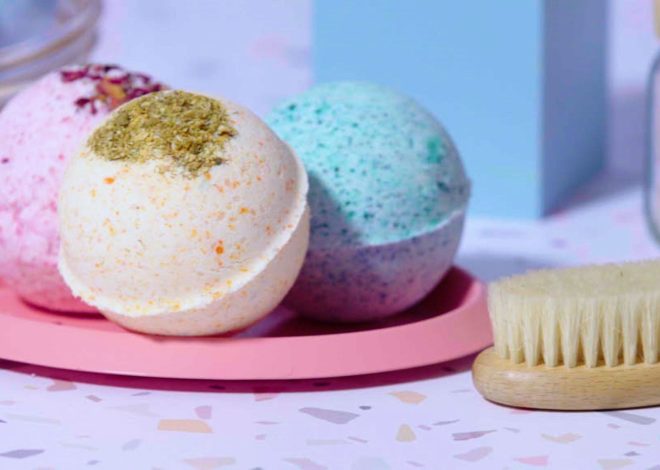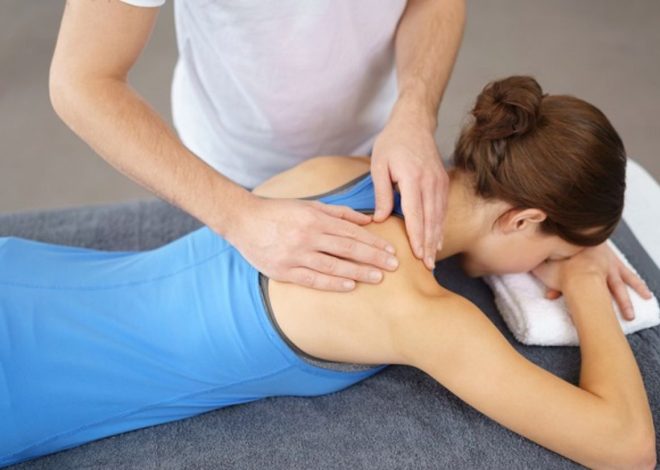
What Factor Differs Between a Relaxation Scalp Massage and a Treatment Scalp Massage?
Scalp massages are not just a luxury; they offer numerous benefits for both the scalp and overall well-being. However, not all scalp massages are created equal. There are distinct differences between relaxation scalp massages and treatment scalp massages, each serving a unique purpose and offering specific benefits. Let’s delve into the factor that sets these two types of scalp massages apart, helping you understand when and why you might choose one over the other.
Setting the Tone
The primary factor that distinguishes a relaxation scalp massage from a treatment scalp massage is the purpose and intent behind the massage. A relaxation scalp massage aims to promote relaxation, stress relief, and overall well-being. It focuses on gentle, soothing strokes and techniques that induce a sense of tranquility. Conversely, a treatment scalp massage is more targeted and specific, to address scalp and hair issues such as dryness, dandruff, or hair loss. It may involve deeper pressure and more focused manipulation to stimulate circulation, nourish the scalp, and promote hair health.
Soothing vs. Therapeutic
The techniques and movements used in relaxation and treatment scalp massages differ significantly, reflecting their respective goals and objectives. During a relaxation scalp massage, the emphasis is on gentle, flowing strokes that create a sense of relaxation and ease. The massage therapist may use various techniques, such as effleurage (light stroking), kneading, and circular motions, to massage the scalp and surrounding areas. These movements help to release tension, improve circulation, and promote a feeling of well-being. In contrast, a treatment scalp massage may involve more targeted and therapeutic techniques, such as friction massage, acupressure, or scalp manipulation. These techniques are designed to address specific scalp and hair issues by stimulating the scalp, increasing blood flow, and promoting the absorption of treatment products.
Length and Pressure
Another key difference between relaxation scalp massages and treatment scalp massages is the duration and intensity of the massage. Relaxation scalp massages tend to be longer in duration, typically lasting anywhere from 15 to 30 minutes or more. The longer duration allows for a more gradual and gentle approach, allowing the recipient to fully unwind and experience deep relaxation. The pressure applied during a relaxation scalp massage is generally light to moderate, focusing on creating a sense of comfort and relaxation without causing discomfort or pain. In contrast, treatment scalp massages may be shorter in duration but more intense in terms of pressure and manipulation. The massage therapist may apply firmer pressure and use deeper, more targeted techniques to address specific scalp and hair concerns effectively.
Enhancing Benefits
The products and ingredients used during relaxation and treatment scalp massages also differ to complement their respective goals and objectives. During a relaxation scalp massage, the emphasis is on using soothing and nourishing products that promote relaxation and enhance the massage experience. This may include massage oils, essential oils, or scalp serums infused with calming ingredients such as lavender, chamomile, or rosemary. These products help to moisturize the scalp, soothe the senses, and enhance the overall relaxation experience. In contrast, treatment scalp massages often involve the use of specialized treatment products tailored to address specific scalp and hair issues. These may include scalp treatments, hair masks, or serums formulated with ingredients such as tea tree oil, salicylic acid, or biotin to target conditions like dandruff, dryness, or hair loss.
Relaxation vs. Restoration
The benefits and outcomes of relaxation and treatment scalp massages differ based on their respective goals and techniques. Relaxation scalp massages primarily focus on promoting relaxation, reducing stress, and improving overall well-being. They can help alleviate tension headaches, promote better sleep, and enhance feelings of calm and tranquility. In contrast, treatment scalp massages aim to address specific scalp and hair issues while also providing relaxation benefits. They can help improve scalp health, stimulate hair growth, and enhance the effectiveness of treatment products by increasing blood flow and promoting absorption. Ultimately, both types of scalp massages offer valuable benefits, whether you’re seeking relaxation or restoration for your scalp and hair.
Choosing the Right Massage for You
In summary, relaxation and treatment scalp massages offer unique benefits and serve different purposes. Relaxation scalp massages are designed to promote relaxation, reduce stress, and enhance overall well-being through gentle, soothing techniques and nourishing products. Treatment scalp massages, on the other hand, target specific scalp and hair issues using more focused and therapeutic techniques, often incorporating specialized treatment products to address concerns such as dryness, dandruff, or hair loss. Whether you’re looking to unwind and de-stress or address specific scalp concerns, there’s a scalp massage option to suit your needs. Consider your goals, preferences, and desired outcomes when choosing between relaxation scalp massages and treatment scalp massages, and enjoy the rejuvenating benefits of a healthy scalp and revitalized hair.


